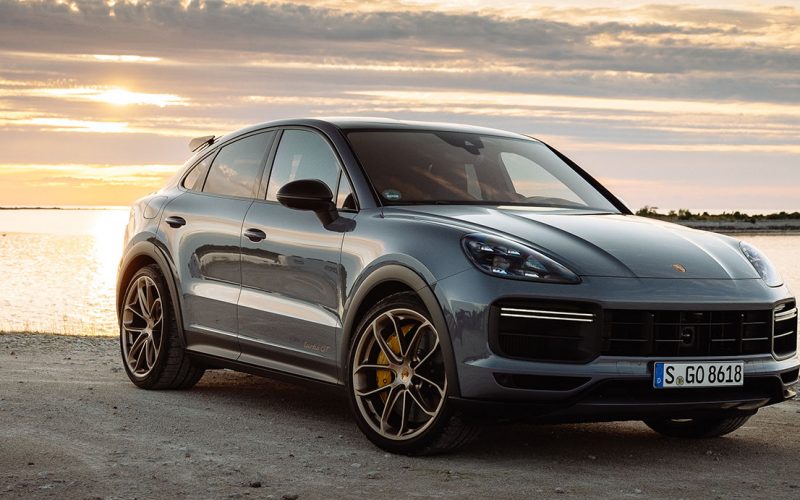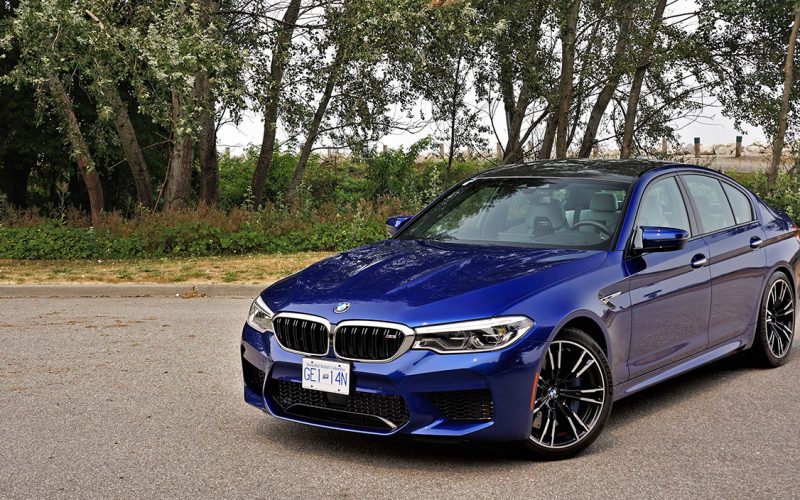
Reading Time: 6 minutesWith a maximum of 631 horsepower, the new Cayenne Turbo GT isn’t the most powerful super-SUV

Reading Time: 9 minutesHave you ever wanted something so badly that you fell asleep at night thinking about it
© 2025 The Car Magazine. All Rights Reserved, Privacy Policy | Terms of Use